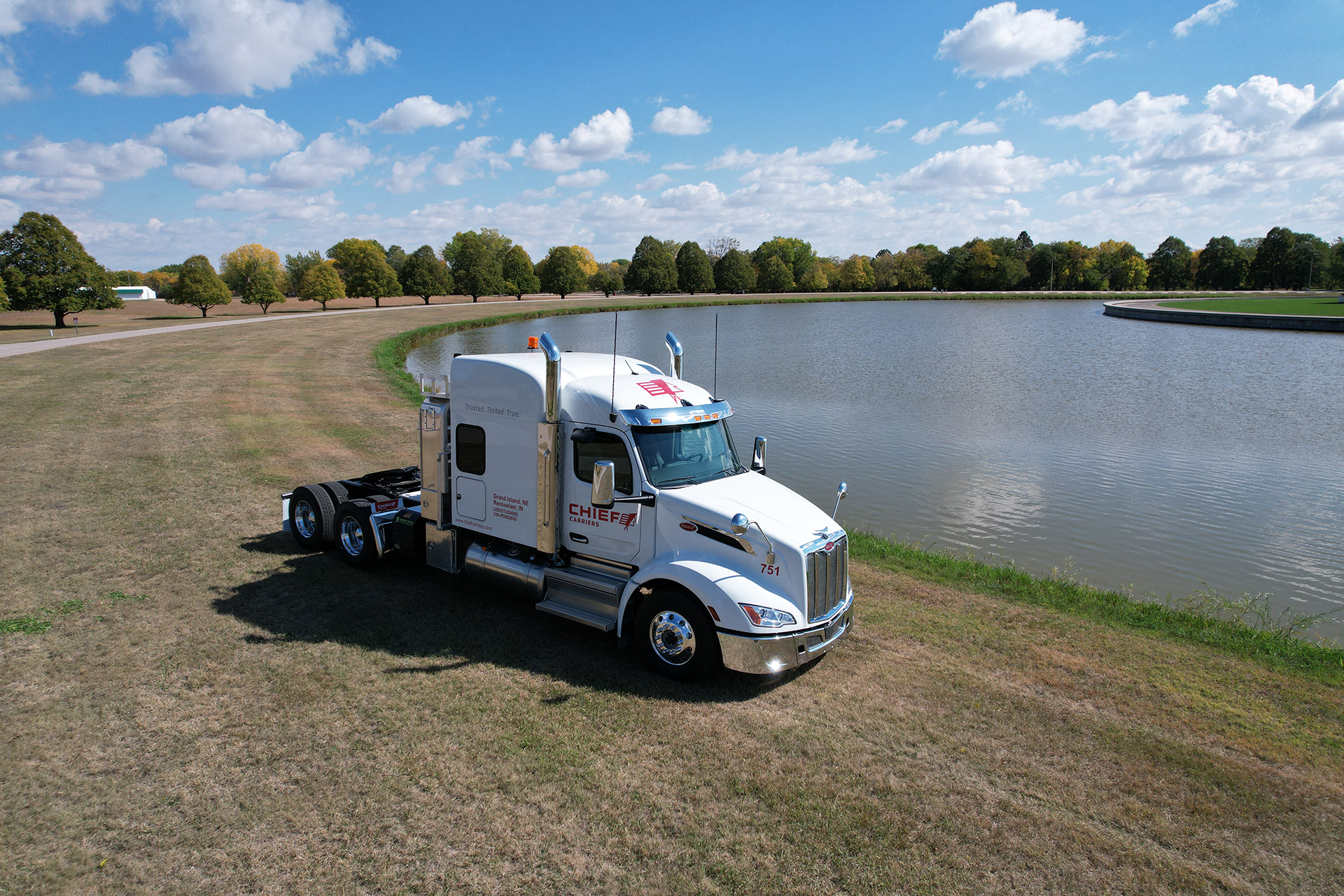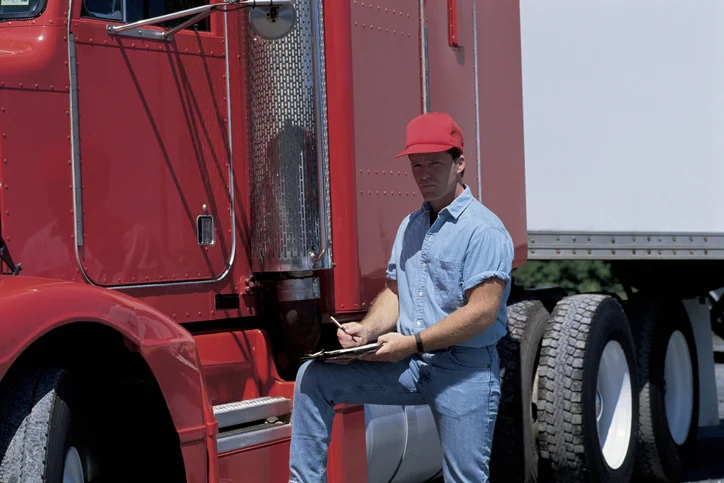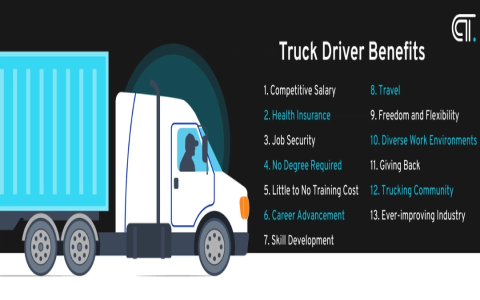Lease Purchase Home Daily Trucking Jobs | Your Path
If you’re exploring lease purchase home daily trucking jobs, you’re likely seeking a path that balances independence with financial stability. This career route offers a unique blend of daily home time and entrepreneurial opportunity, allowing drivers to transition from company employees to owner-operators without the massive upfront costs of buying a truck outright. Understanding how these programs work, their financial implications, and how to select the right carrier partnership can transform your trucking career. Let’s examine whether this path truly delivers on its promises and how you can navigate it successfully.

What Are Lease Purchase Programs in Trucking?
Lease purchase agreements represent a hybrid approach between being a company driver and a full owner-operator. In these arrangements, drivers lease a truck from a carrier with an option to purchase it over time, typically through weekly deductions from their earnings. The key distinction from traditional leasing is that a portion of your payments builds equity toward eventual ownership.
These programs typically feature:
- Home daily or frequent home time schedules
- Dedicated regional routes with predictable miles
- Lower financial barriers to truck ownership
- Carrier-provided maintenance and licensing support
- Progressive ownership transition over 2-5 years
Financial Realities: Costs and Earnings Potential
Understanding the complete financial picture is crucial before committing to any lease purchase arrangement. While advertised earnings can appear attractive, the actual take-home pay depends on multiple factors including fuel costs, maintenance deductions, and route consistency.
According to data from the American Trucking Associations, owner-operators (including those in lease programs) average between $45,000 and $85,000 annually after expenses, though top performers can exceed $100,000. However, these figures vary significantly based on freight type, region, and operational efficiency.
| Factor | Lease Purchase Driver | Company Driver |
|---|---|---|
| Average Weekly Gross | $2,500 – $3,500 | $1,200 – $1,800 |
| Weekly Expenses | $900 – $1,600 | $0 – $200 |
| Average Net Weekly | $1,100 – $1,900 | $1,000 – $1,600 |
| Home Time Frequency | Daily/Regional | Varies (OTR less frequent) |
| Long-term Equity | Builds truck ownership | No equity building |
Selecting the Right Lease Purchase Program
Not all lease purchase opportunities are created equal. The Federal Motor Carrier Safety Administration database reveals that carrier reliability and safety records significantly impact driver success rates in these programs. When evaluating potential carriers, consider these critical factors:
- Transparent fee structure: Look for programs with clearly outlined fixed costs rather than percentage-based deductions that fluctuate unexpectedly.
- Maintenance responsibilities: Understand what repairs are covered versus your responsibility. Unexpected maintenance costs can derail financial progress.
- Route consistency: Seek programs with dedicated lanes or guaranteed minimum miles to ensure steady income.
- Buyout terms: Review the purchase option details including residual value, early termination clauses, and transfer fees.
Daily Home Time: Reality or Marketing Promise?
The “home daily” aspect represents a major draw for drivers seeking better work-life balance. In practice, this typically means regional routes within 200-300 miles of your home base, allowing return most nights. However, the actual frequency depends on several factors:

Mike Johnson, a transportation logistics expert with 15 years of carrier management experience, notes: “True daily home time requires specific operational models. Dedicated shuttle routes between distribution centers or regular delivery circuits to retail establishments typically offer the most consistent home daily schedules. Drivers should request concrete route examples and speak with current program participants before committing.”
Navigating the Transition to Ownership
Successfully moving from lease purchase to full ownership requires strategic financial planning. The most successful drivers treat their lease period as a business incubation phase, focusing on building operational knowledge alongside financial resources.
Key transition strategies include:
- Maintaining detailed expense records to identify cost-saving opportunities
- Building a separate savings fund for future truck maintenance and downtime
- Developing relationships with freight brokers to establish future business contacts
- Understanding truck specifications and maintenance requirements for your eventual purchase
Common Challenges and Solutions
While lease purchase programs offer appealing opportunities, they present unique challenges that require proactive management:
- Variable income: Fluctuating fuel prices and freight rates can create income instability. Solution: Maintain a cash reserve covering 4-6 weeks of expenses.
- Maintenance surprises: Unexpected repairs can devastate your budget. Solution: Verify comprehensive maintenance coverage and establish a repair escrow account.
- Route changes: Freight patterns shift with economic conditions. Solution: Select carriers with diverse freight contracts to minimize disruption risk.
Long-Term Career Progression
For many drivers, lease purchase home daily trucking jobs represent a stepping stone toward broader business ownership. After successfully completing a lease purchase agreement, common progression paths include:
- Expanding to multiple trucks with hired drivers
- Specializing in niche freight with premium rates
- Establishing your own authority and operating independently
- Transitioning to specialized equipment for higher-paying freight
Frequently Asked Questions
How much can I realistically earn in a lease purchase home daily position?
Net earnings typically range from $55,000 to $85,000 annually after all expenses, with top performers reaching six figures. Your actual income depends on factors like route density, fuel efficiency, and maintenance costs. Unlike company driving positions, your earning potential correlates directly with your business management skills.
What credit score is needed to qualify for these programs?
Most carriers require a minimum credit score between 575-620, though some may consider lower scores with additional security deposits. The primary qualification factors typically include a clean driving record, verifiable experience, and stable work history rather than perfect credit.

Can I truly get home daily in these positions?
Yes, many regional and dedicated routes genuinely offer daily home time. However, this depends entirely on the specific operational model. True daily home positions typically involve repetitive routes between fixed points like distribution centers, manufacturing facilities, or retail delivery circuits within a limited geographic radius.
What happens if the truck needs major repairs during my lease?
Repair responsibility varies by program. Quality programs include comprehensive maintenance coverage for major systems, while others may charge deductibles or exclude certain components. Before signing, carefully review the maintenance agreement and ask for specific examples of what’s covered versus driver responsibility.
Is it better to lease purchase or finance a truck independently?
Each approach has distinct advantages. Lease purchase programs typically offer easier qualification, carrier support, and built-in freight. Independent financing provides more control and potentially better long-term value but requires stronger credit, larger down payments, and the challenge of securing consistent freight independently.
Making Your Decision
Lease purchase home daily trucking jobs offer a viable path to truck ownership with improved lifestyle balance for qualified drivers. Success in these programs requires both driving skill and business acumen, with careful carrier selection being perhaps the most critical factor. By thoroughly researching opportunities, understanding the complete financial picture, and planning for the transition to full ownership, you can determine whether this path aligns with your personal and professional goals in the transportation industry.





